As I read in another question, a rule of thumb was:
When a parent has a reference to a child object, you should use a strong reference. When a child has a reference to its parent object, you should use a weak reference or a unsafe_unretained one (if the former is not available). A typical scenario is when you deal with delegates. For example, a UITableViewDelegate doesn't retain a controller class that contains a table view.
Well, in this case I have a view controller with a table view IBOutlet. This table view also uses the view controller as a delegate and data source. By the rule above, the view controller acts as the parent and so I should have a strong reference to the table view - the table view should have a weak reference to the view controller.
I'm not sure how to define that latter weak reference - I'm setting
tableView.delegate = self;
tableView.dataSource = self;
How am I supposed to make myself weak? Or is this not the right way to do it?
